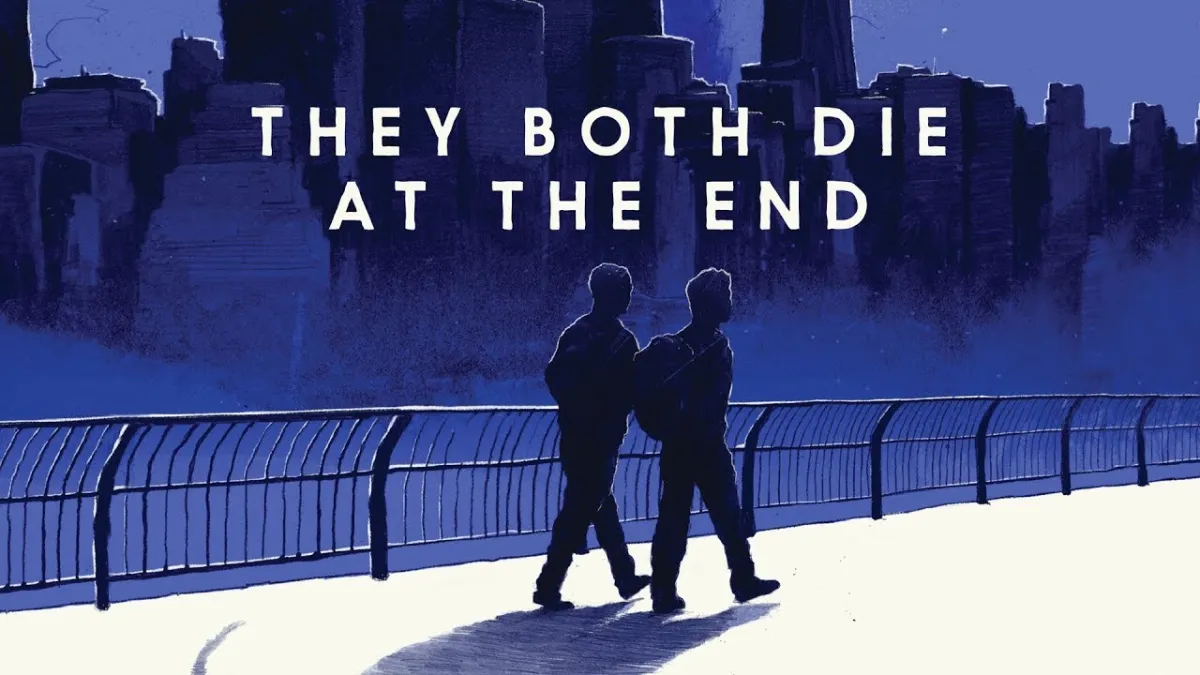Since its initial publication in 2017 by HarperTeen, author Adam Silvera’s young adult queer drama (and light speculative fiction) novel They Both Die at the End has become a highly acclaimed bestseller complete with a prequel (2022’s The First To Die at the End) and a special edition hardcover. It’s especially beloved on #BookTok, where you can find videos about the book’s characters and story, as well as its aesthetics, potential soundtracks, and more.
Earlier this month, Netflix announced a series adaptation of They Both Die at the End from Bridgerton creator Chris Van Dusen and executive producer Bad Bunny, putting even more of a spotlight on Silvera’s book.
Here’s what you need to know about They Both Die at the End, including its LGBTQIA+ representation.
What is the plot of They Both Die at the End?
They Both Die At the End takes place in a world where a service called Death-Cast has the ability to predict who’s going to die and on what day, though it cannot predict the exact time or cause of death. Every day from 12AM to 3AM, hundreds of Death-Cast employees known as “heralds” contact everyone who will die on that day and let them know so they and their loved ones can prepare. Other services crop up around the creation of Death-Cast, including an app called Last Friend, where “Deckers”—people who are dying today—can connect with someone to spend their final hours with.
The book alternates points of view, mainly between its teenage protagonists Mateo Torrez and Rufus Emeterio, who both live in New York City. Mateo is a bit of a nervous recluse who was raised solely by his father after his mother died in childbirth, while Rufus is a recent orphan whose ties to his friends might run even deeper than blood. They meet through the Last Friend app and spend the day together, challenging each other in new ways as they approach their final moments in life.
Is They Both Die at the End LGBTQIA+?
Early on in They Both Die at the End, Rufus identifies as bisexual both in his narration and in his Last Friend profile. Mateo mostly talks about how sex scares him, but later in the book he starts hinting at feelings for Rufus. The characters get together toward the end of the story and share sweet, romantic moments together before their untimely deaths.
In addition to Rufus and Mateo, the founder of the Last Friend app also mentions being part of the LGBTQIA+ community in her sole point of view chapter. And despite the sad premise, none of the queer characters in the book suffer homophobia or transphobia in its pages.
(featured image: HarperTeen)









Published: Jan 30, 2023 04:27 pm